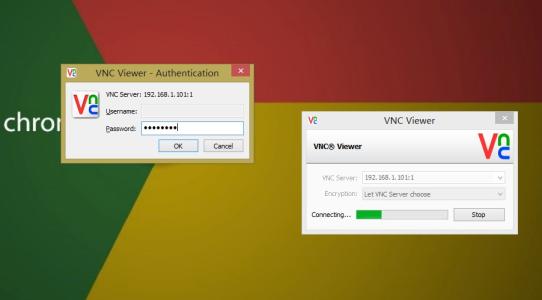Recent work on knowledge graph completion (KGC) focused on learning embeddings of entities and relations in knowledge graphs. These embedding methods require that all test entities are observed at training time, resulting in a time-consuming retraining process for out-of-knowledge-graph (OOKG) entities. To address this issue, current inductive knowledge embedding methods employ graph neural networks (GNNs) to represent unseen entities by aggregating information of known neighbors. They face three important challenges: (i) data sparsity, (ii) the presence of complex patterns in knowledge graphs (e.g., inter-rule correlations), and (iii) the presence of interactions among rule mining, rule inference, and embedding. In this paper, we propose a virtual neighbor network with inter-rule correlations (VNC) that consists of three stages: (i) rule mining, (ii) rule inference, and (iii) embedding. In the rule mining process, to identify complex patterns in knowledge graphs, both logic rules and inter-rule correlations are extracted from knowledge graphs based on operations over relation embeddings. To reduce data sparsity, virtual neighbors for OOKG entities are predicted and assigned soft labels by optimizing a rule-constrained problem. We also devise an iterative framework to capture the underlying relations between rule learning and embedding learning. In our experiments, results on both link prediction and triple classification tasks show that the proposed VNC framework achieves state-of-the-art performance on four widely-used knowledge graphs. Further analysis reveals that VNC is robust to the proportion of unseen entities and effectively mitigates data sparsity.
翻译:暂无翻译




